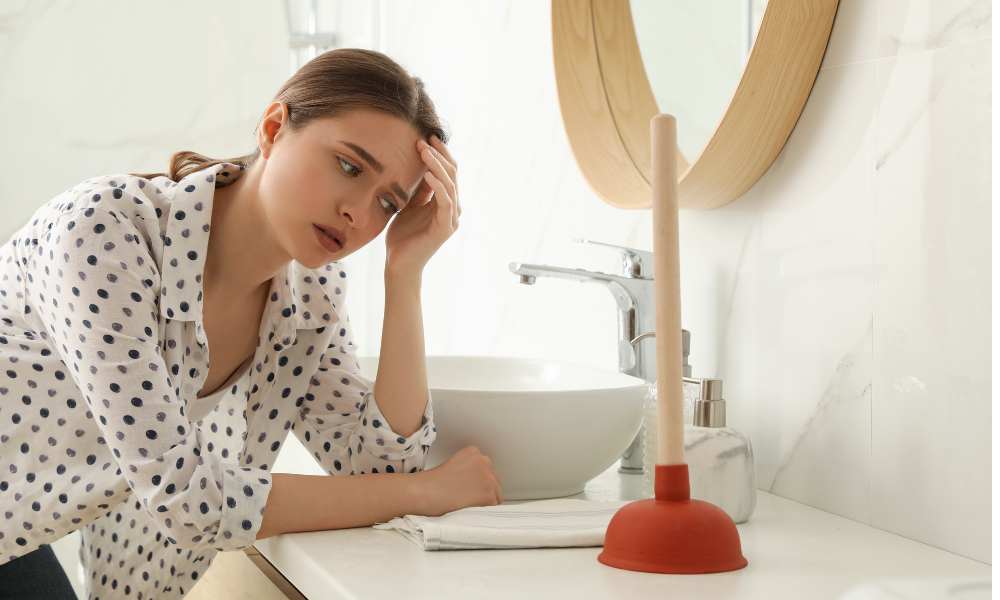Unclogging a sink clogged with hair can seem daunting, but with the right tools and techniques, you can tackle this common household problem quickly and efficiently. Whether you’re dealing with a slow drain or a complete blockage, understanding how to address the issue yourself can save time and money on costly plumbing services. In this guide, we’ll explore step-by-step methods to unclog your sink hair, from simple home remedies to using specialized tools. Say goodbye to frustratingly slow drains and hello to smooth, free-flowing water. Ready to get started? Let’s dive into the best strategies for unclogging a sink filled with hair, ensuring your bathroom or kitchen remains clean and functional.
How often should I clean my sink drain to prevent hair clogs?
It’s a good practice to clean your copper sink drain at least once a month to prevent hair clogs. You can use preventive measures such as installing a drain guard or hair catcher to catch hair before it goes down the drain. Additionally, flushing the drain with boiling water or a baking soda and vinegar solution monthly can help dissolve soap scum and prevent hair buildup. Regular maintenance not only keeps your sink draining smoothly but also helps avoid more significant plumbing issues in the future.
Identifying the Problem

Identifying the problem is the first step in unclogging a sink clogged with hair. Observe the symptoms: is the water draining slowly, or is it not draining at all? Notice any unusual odors or gurgling sounds from the drain. Understanding these signs can help determine the severity of the clog and the best approach to resolve it. Knowing where the hair buildup is located, such as in the P-trap or further down the pipes, is crucial for effectively addressing the issue and preventing future blockages.
Safety Precautions

Before starting any unclogging procedure, it’s essential to follow safety precautions to protect yourself and your plumbing system. Always wear rubber gloves to avoid direct contact with hair, grime, and potential cleaning chemicals. Ensure you have adequate ventilation, especially if using chemical drain cleaners. Keep children and pets away from the work area. If you’re using tools like a plunger or a plumber’s snake, handle them carefully to prevent injury. By taking these safety measures, you can confidently and safely tackle the clogged sink without risking harm or causing further damage.
Basic Tools and Materials Required
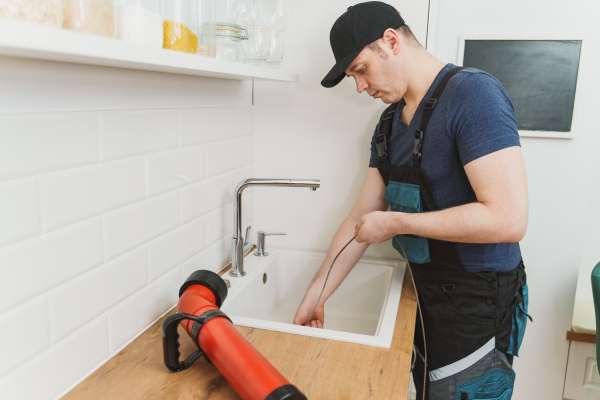
Gathering the basic tools and materials required for unclog a hair-clogged sink can streamline the process. Essential items include rubber gloves, a plunger, a plumber’s snake or drain auger, a bucket, and an old toothbrush or wire coat hanger. Additionally, you may need baking soda, vinegar, and boiling water for natural unclogging methods. If using chemical drain cleaners, ensure you have them on hand. Having these tools and materials ready will help you efficiently address the clog, whether using manual methods or chemical solutions, ensuring a smooth and successful unclogging process.
Using a Plunger
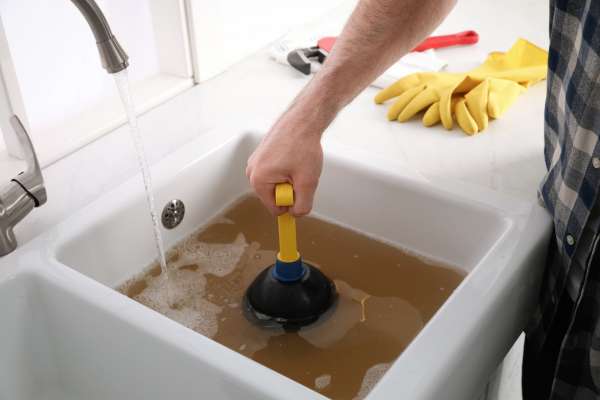
Using a plunger is a common and effective method for unclog a sink blocked with hair. Start by partially filling the sink with water to create a seal. Place the plunger over the drain, ensuring it covers the opening completely. Push down firmly and then pull up sharply to create suction. Repeat this motion several times to dislodge the hair clog. After a few attempts, check if the water drains properly. This method is simple yet powerful, utilizing basic household tools to restore your sink’s functionality without the need for harsh chemicals.
Using Baking Soda and Vinegar
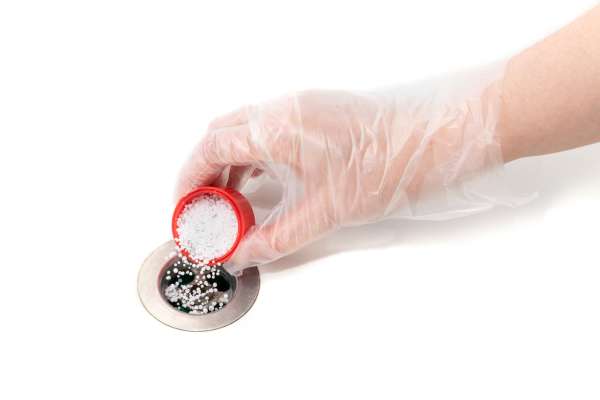
The baking soda and vinegar method is a natural and eco-friendly way to unclog a hair-filled sink. Begin by pouring a cup of baking soda directly into the drain. Follow this with a cup of vinegar. The mixture will fizz and bubble, breaking down the hair and other debris. Allow the reaction to work for about 15-20 minutes. Afterward, flush the drain with boiling water to wash away the loosened clog. This method not only effectively clears the blockage but also helps deodorize the drain, leaving it clean and fresh.
Using a Drain Snake

Using a drain snake, or plumber’s auger, is ideal for stubborn clogs that resist other methods. Insert the snake into the drain, turning the handle to navigate the curves of the pipes. Once you reach the clog, the snake will either push through or latch onto the hair, allowing you to pull it out. Slowly retract the snake, bringing the clog with it. Dispose of the debris properly. This tool is particularly useful for deep or tough clogs, ensuring thorough cleaning and restoring normal water flow in your sink.
Boiling Water Method
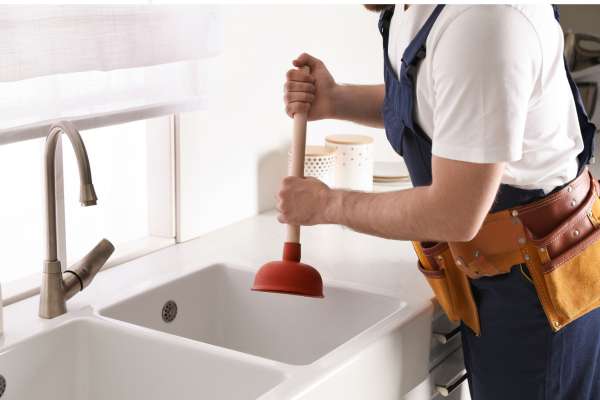
The boiling water method is a quick and easy way to address minor hair clogs. Boil a pot of water and carefully pour it directly into the drain in stages, allowing it to work through the clog. The hot water helps dissolve soap scum and softens hair, making it easier to flush away. This method is most effective for less severe clogs and can be used regularly as a preventive measure to keep your drains clear. Always pour boiling water slowly to avoid damaging your sink or pipes.
Disassembling the Drain Trap

Disassembling the drain trap, also known as the P-trap, is a more hands-on approach to removing hair clogs. Place a bucket under the sink to catch any water or debris. Unscrew the connectors holding the trap in place and carefully remove it. Check inside the trap for hair and other blockages, using a brush or coat hanger to clear it out. Clean the trap thoroughly before reassembling it. This method ensures you remove all obstructions, providing a long-term solution for a smoothly draining sink.
Preventive Measures
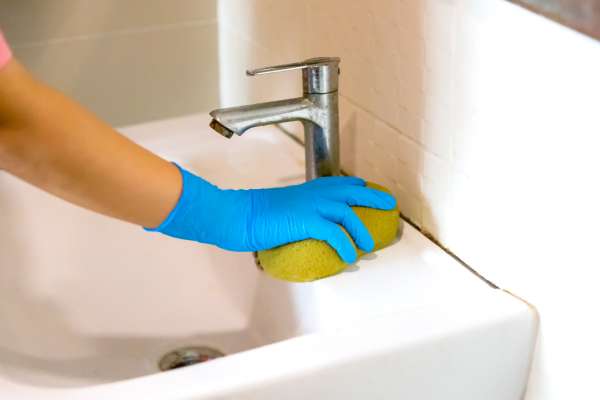
Preventive measures are key to keeping your sink free of hair clogs. Install a drain guard or hair catcher to prevent hair from entering the drain in the first place. Regularly clean the drain guard to maintain its effectiveness. Avoid disposing of hair, soap, and other debris down the sink. Monthly maintenance, such as flushing the drain with boiling water or a baking soda and vinegar solution, can help prevent buildup. These simple practices can save you time and effort in the long run by preventing clogs from forming.
When to Call a Professional
Sometimes, a hair clog can be too stubborn for DIY methods, indicating a more serious underlying issue. If you’ve tried multiple unclogging techniques without success, it’s time to call a professional plumber. Persistent clogs, unusual odors, or frequent backups can signal deeper problems in your plumbing system. A professional can diagnose and fix the issue using specialized tools and expertise, ensuring a comprehensive solution. Don’t hesitate to seek professional help to prevent further damage and maintain the health of your plumbing system.
Conclusion
Unclog a sink filled with hair doesn’t have to be a daunting task. By understanding the problem, taking necessary safety precautions, and using the right tools and methods, you can effectively tackle most clogs. From plungers and natural remedies like baking soda and vinegar to more hands-on approaches like using a drain snake or disassembling the drain trap, there are multiple ways to restore your skin’s functionality. Regular preventive measures can keep your drains clear and efficient. However, if the clog persists, don’t hesitate to call a professional to ensure a long-lasting solution.
